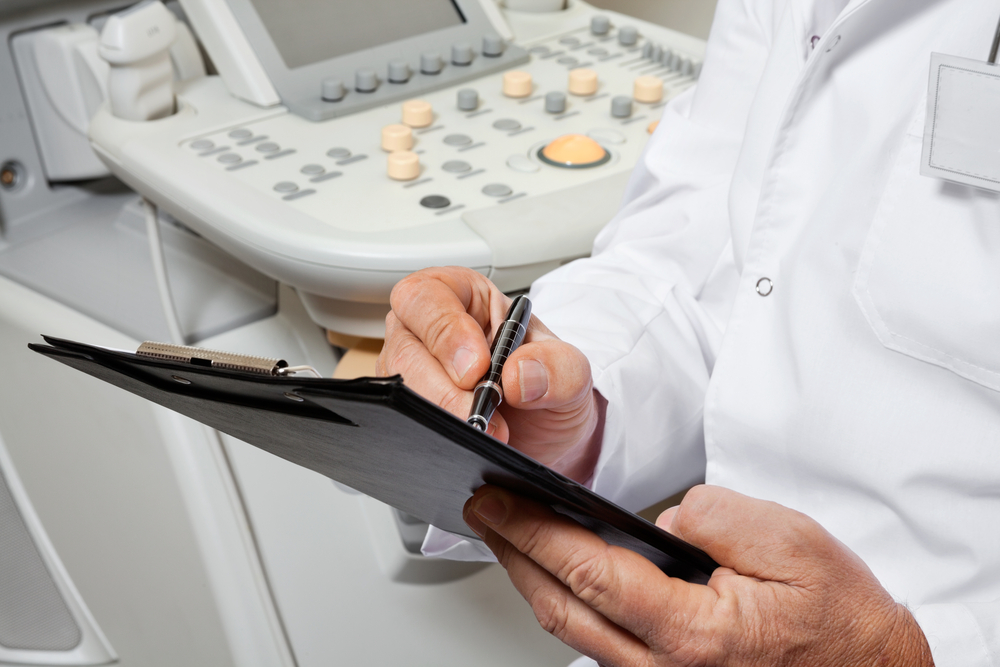Researchers Find That Physical Examination is Unreliable in Detecting Pulmonary Hypertension

 A recent systematic review conducted by a research team from the University of Toronto in Canada sought to present the current state of agreement regarding the appropriate physical examination necessary for diagnosis of pulmonary hypertension (PH). The review, entitled “Utility of the Physical Examination in Detecting Pulmonary Hypertension. A Mixed Methods Study,” was published in the journal PLOS One.
A recent systematic review conducted by a research team from the University of Toronto in Canada sought to present the current state of agreement regarding the appropriate physical examination necessary for diagnosis of pulmonary hypertension (PH). The review, entitled “Utility of the Physical Examination in Detecting Pulmonary Hypertension. A Mixed Methods Study,” was published in the journal PLOS One.
Patients with PH frequently have physical findings that reflect a volume or high pressure in the right ventricle (RV).
Since there is a lack of agreement regarding the diagnostic advantage of the physical assessment in patients with PH, John Granton and colleagues did a systematic review of studies examining the clinical assessment and diagnosis of PH between 1947 and 2013.
[adrotate group=”4″]
The researchers prospectively examined the diagnostic value of the physical assessment. Inclusion criteria included patients that had right cardiac catheterization, and that were subsequently physically evaluated by 6 different health auditors (3 specialists and 3 non-specialists) that didn’t know the patients’ hemodynamics results. Then each “auditor” evaluated the patients risk for PH in a 1-5 scale for the variables RV lift, loud P2, jugular venous distension, tricuspid defective mumble and right-sided 4th heart sound during both rest and slow inspiration. (In medical terms, an “inspiration” is the drawing of air into the lungs.)
A total of 31 articles were retrieved and included for final consideration. The researchers identified that the most common symptom related to PH was the loud pulmonic constituent of the second heart sound (P2). When analyzing the data prospectively, the researchers observed that physical examination performed in a total of 52 participants revealed that the most likely symptom to PH was a clear P2 sound in an inspiration with a LR +ve 1.9.
[adrotate group=”3″]
In addition, the researchers found that were the specialists who provided the higher diagnostic utility. In total, a loud P2 on inspiration was related to a positive LR of 3.2 and a right-sided S4 on inspiration had a LR +ve 4.7.
Based on these results, John Granton and colleagues indicate that the physical signs more associated with the manifestation of PH are a clear P2 or perceptible right-sided 4th heart sound. Nevertheless, the researchers point out that physical assessment is an unreliable approach for detecting PH.







